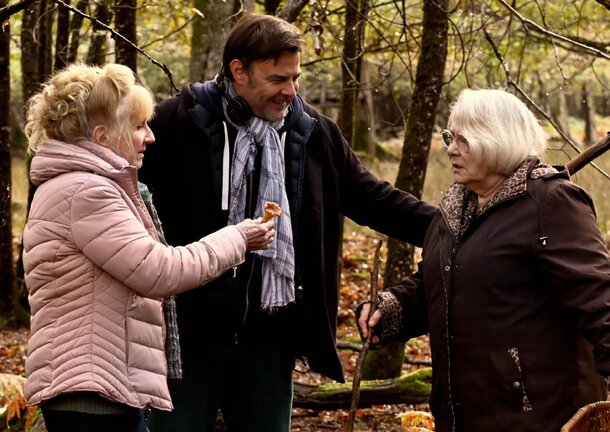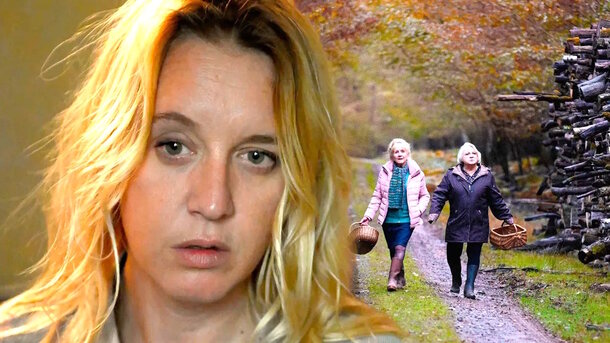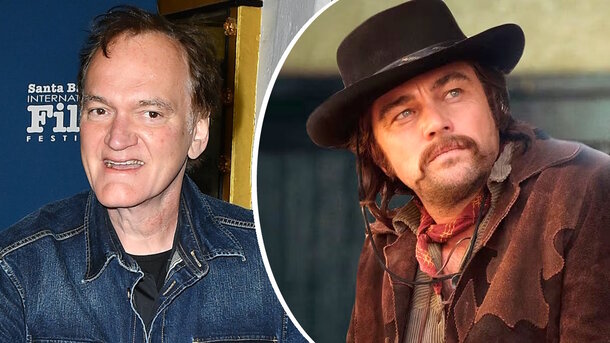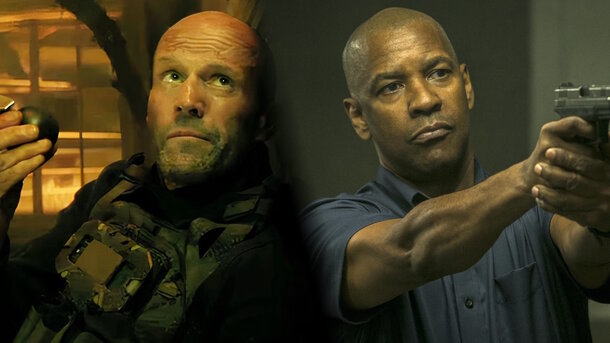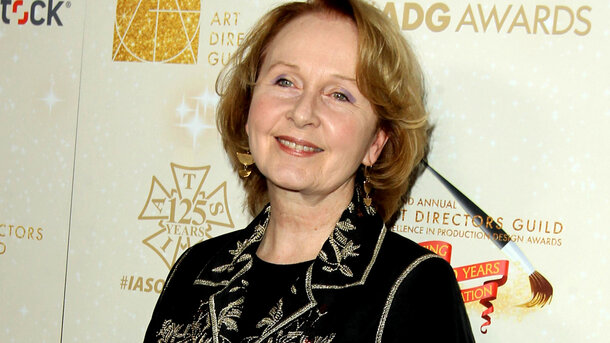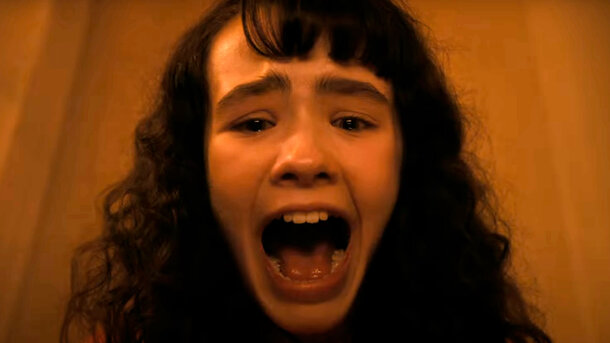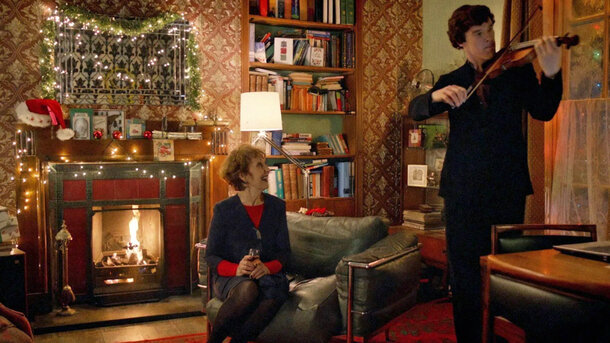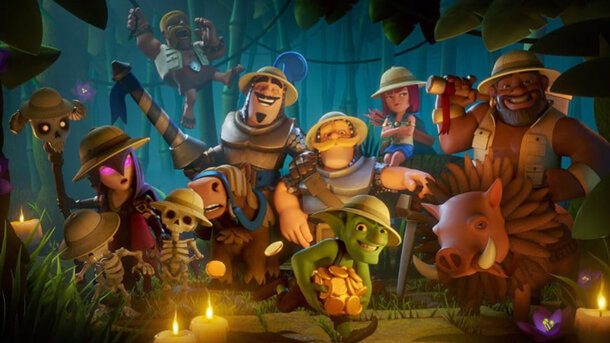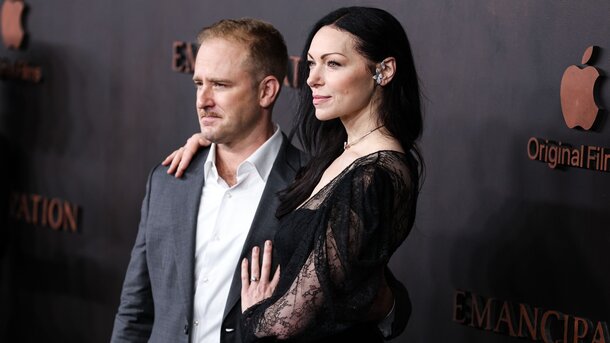François Ozon, known for his prolific and provocative filmmaking, surprises audiences once again with his slow-burn drama Quand vient l'automne (What Happened in Autumn). While the film shares some elements with his previous work Mon crime (My Crime) — such as women, crime, and justice — it unfolds in a completely different tone.
A pie with a surprise
The story centers on Michelle, an elderly woman living in the shadow of a conflict with her daughter, Valerie. The only bright spot in her life is her grandson, Lucas, although connecting with him is not easy for her. One day, what seems like a casual visit from her daughter and grandson turns into tragedy: after a family dinner with pie and mushroom fricassée, Valerie ends up in the hospital with suspected poisoning.
Personal Reflection
Interestingly, the film's plot is partly based on a personal memory of the director, when his own aunt once collected a basket of poisonous mushrooms. This incident, according to Ozon, sent his entire family to the hospital for a long time. The "mushroom" setup allows the director to emphasize key points, guiding the audience to see who the victim is and who the true villain may be. However, as the story unfolds, these roles shift, leaving the viewer perplexed, as the duality of the events remains until the very end.

Family Struggles
Michelle begins to reflect on the unconscious motivations behind her actions, while her daughter Valerie hardly earns the "daughter of the year" title due to her deep hatred for her mother. Ozon, however, refrains from accusing the character of bloodthirstiness and instead encourages the audience to sympathize with her. Ultimately, when the charming convict Vincent enters Michelle’s life, she has no doubt in her mind about her feelings.
Quand vient l'automne is not just a film about the seasons, it’s a philosophical exploration of a life phase when bloom gives way to decay, and how one can find a new family in solitude. In this "wither," Michelle experiences loneliness and struggles to connect with others, except for her grandson. The moral of the film, though simple, is undeniable: a person needs another person.
